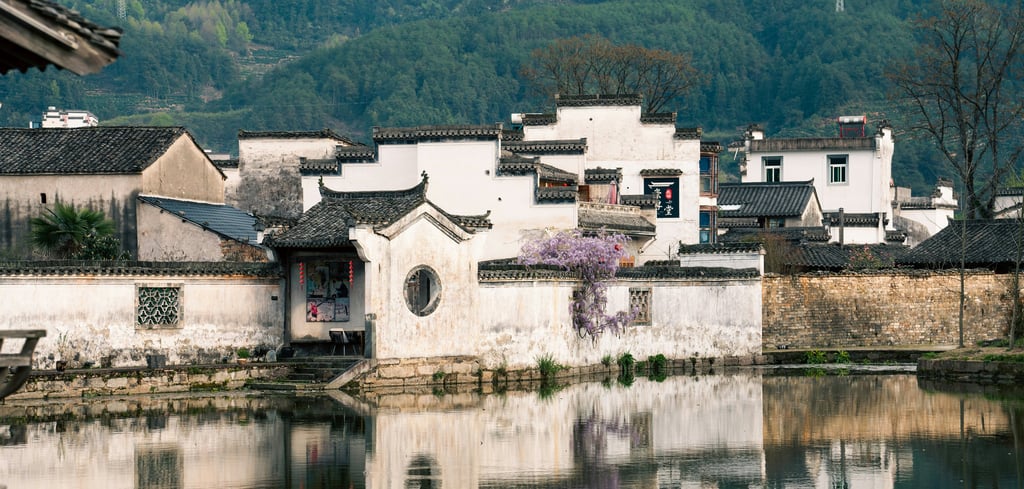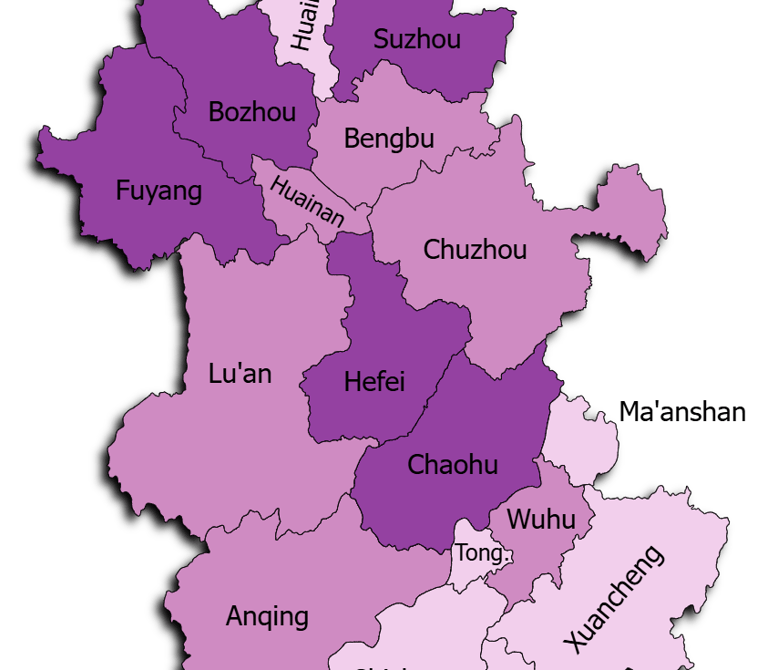Cities in Qinghai


Introduction
Qinghai is located in Northwest China, bordering Tibet, Xinjiang, Gansu, and Sichuan. Much of the province lies on the Qinghai–Tibet Plateau, shaped by grasslands, mountains, and large lakes. Qinghai is known for its ethnic diversity, Tibetan cultural influence, nature conservation areas, and the source of major rivers, including the Yellow River, Yangtze River, and Lancang River.


Xining is located in eastern Qinghai on a plateau river valley area. The city has a population of about 2 million and sits roughly 1,900 km from Beijing. It is considered an important administrative and cultural center with strong regional connectivity.
Xining is known for its connection to Islamic heritage, Tibetan culture, and regional history. It plays a key role in the development of education, transportation, and environmental research across the Qinghai–Tibet Plateau. Institutions such as Qinghai University support studies in high-altitude medicine, ecology, and agriculture. The city also holds cultural centers and sites linked to religion, ancient trade networks, and multi-ethnic coexistence.
📍 Main places to visit include Ta’er Monastery, Dongguan Mosque, Qinghai Tibetan Culture Museum, Nanchan Temple, Xining Botanical Garden, and People’s Park.
Xining (西宁)
Haixi (海西)
Haixi is located in the western part of Qinghai on expansive plateau basins and desert-like landscapes. The population is around 1 million, and the distance to Xining is approximately 700 km. It is known as a remote region with large mineral and energy reserves.
Haixi is recognized for its role in salt lake resources, natural gas, potash fertilizer production, and industrial development. The area includes research sites tied to geology, new energy, and desert ecology. Its landscape is characterized by open terrain, seasonal lakes, and volcanic formations, making it an important region for scientific fieldwork and environmental observation.
📍 Main places to visit include Chaka Salt Lake, Qinghai Desert Park, Ulan Prairie, Kunlun Mountain Scenic Area, and Jinsha River Grand Canyon.




Huangnan is located in southeastern Qinghai near mountain valleys and grassland areas. The population is close to 300,000, and it is about 250 km from Xining. The region is often described as a cultural area with strong Tibetan influence.
Huangnan is known for its connection to Tibetan Buddhism, traditional arts, and monastic education. The region includes monasteries, local handicraft centers, and areas where religious festivals and cultural traditions remain active. Higher education institutes support studies related to minority languages and Tibetan cultural preservation.
📍 Main places to visit include Rongwo Monastery, Kanbula National Park, Regong Art Zone, Yadzi Grassland, and Longwu River Valley.
Huangnan (黄南)
Haibei (海北)
Haibei is located north of Qinghai Lake and features mountains, rivers, and open plateau spaces. The population is close to 300,000, and the distance to Xining is around 150 km. The area is known for environmental protection and seasonal research activity.
Haibei hosts the Haibei Alpine Meadow Ecosystem Research Station, a key base for studies on climate, ecology, and high-altitude grasslands. Tibetan culture remains present through local settlements and religious institutions.
📍 Main places to visit include Qilian Mountains, Gangcha Grassland, Sun and Moon Mountain, and Qinghai Lake Viewpoint.
Hainan (海南)
Hainan is located in central Qinghai on the plateau grasslands. The city has a population of about 500,000 and sits around 130 km from Xining.
It is known for pastoral traditions, Tibetan communities, and grassland ecosystems. Local culture includes handicrafts, religious practice, and preserved heritage sites.
📍 Main places to visit include Qinghai Lake Scenic Belt, Guide National Geopark, Longyang Gorge, and Sand Island Scenic Area.




Yushu (玉树)
Yushu is located in southwestern Qinghai near the source of major rivers and high mountain areas. Its population is close to 400,000, and it is roughly 780 km from Xining.
Yushu is an important center for Tibetan culture, religious heritage, and nature conservation. The region includes monasteries and plateau wildlife habitats.
📍 Main places to visit include Princess Wencheng Temple, Yushu Monastery, Sanjiangyuan National Park, and Jiegu Old Town Site.
Golog (果洛)
Golog is located in southern Qinghai with high mountain ranges and grassland areas. The population is around 200,000, and it is about 440 km from Xining.
The region is known for Tibetan religion, nomadic culture, and remote natural environments, including protected wildlife zones.
📍 Main places to visit include Anyê Maqên Mountain, Darlag Grassland, Golog Tibetan Culture Museum, and Yellow River Headwaters Park.




Navigation
Main Menu
nathan.china-sphere.com
© 2025. All rights reserved.